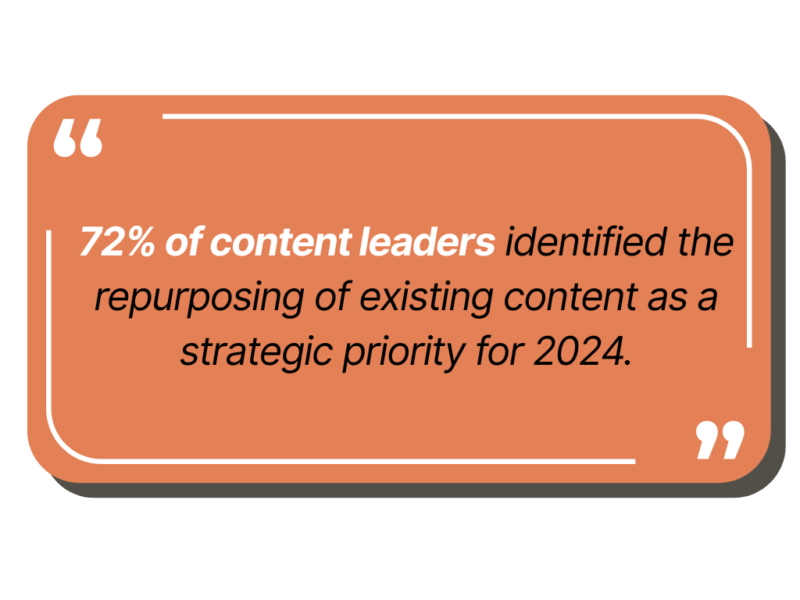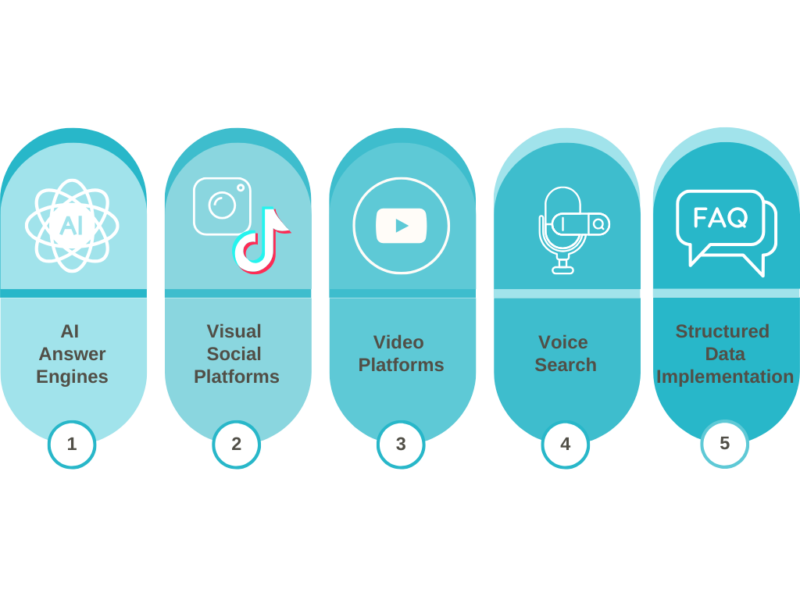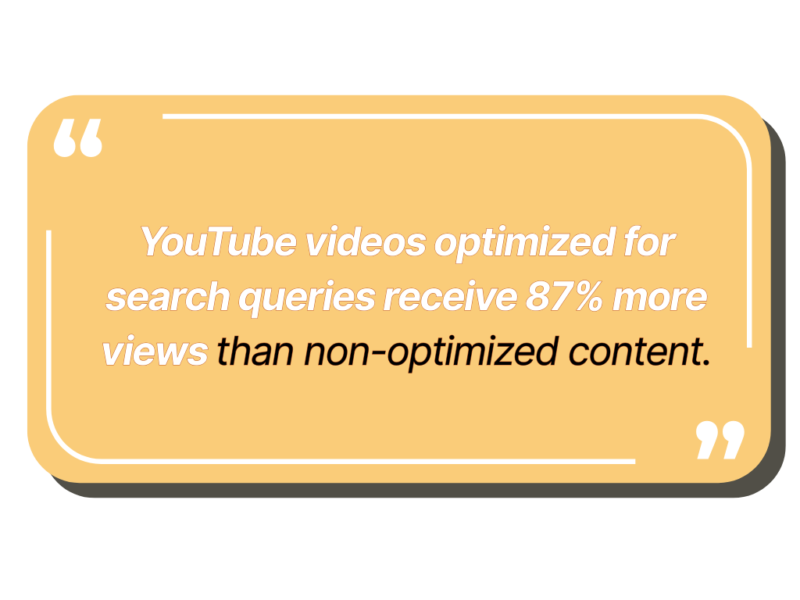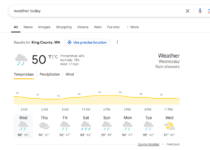How to Build a Content Strategy for Answer Everywhere Optimization: The Complete Guide
The digital search landscape has fractured into multiple territories. AI answer engines like ChatGPT now handle a significant portion of informational queries, nearly half of Millennials use social media as their primary search tool, and voice/visual searches continue to gain momentum. Content strategies that only target Google are missing massive audience segments who search elsewhere.
Building a content strategy for Answer Everywhere Optimization (AEO) is no longer optional for brands that want to maintain digital visibility. This approach ensures your content is discoverable wherever your audience seeks information – whether through AI chatbots, social platforms, voice assistants, or visual search tools. By implementing a comprehensive AEO strategy, you’ll capture attention across the entire digital ecosystem rather than limiting your reach to traditional search results.
Key Takeaways
- The search landscape has fragmented beyond Google into multiple territories including AI chatbots, social media platforms, voice assistants, and visual search tools, making Answer Everywhere Optimization essential for digital visibility.
- Content repurposed across multiple platforms sees 3.7x higher engagement than single-platform content, requiring a strategic pillar-and-cluster model where comprehensive content is created once and adapted for different platforms.
- Each platform requires specific optimization techniques including structured data implementation for AI engines, visual formatting for social platforms, chapter markers for video content, and conversational keywords for voice search.
- Implementing a content repurposing workflow is critical for executing an Answer Everywhere Optimization strategy efficiently, using content templates, asset management systems, and AI-assisted transformation tools.
- Measuring cross-platform performance through a unified dashboard helps track platform-specific metrics, cross-platform user journeys, content format effectiveness, and AI citation frequency to continuously refine your strategy.
TABLE OF CONTENTS:
What is Answer Everywhere Optimization?
Answer Everywhere Optimization represents the evolution of traditional SEO into a multi-platform approach that acknowledges the fragmented nature of modern search behavior. Unlike conventional SEO that primarily targets Google’s algorithm, AEO addresses a distributed ecosystem where users discover content through diverse channels:
- AI answer engines like ChatGPT and Perplexity that provide direct responses without click-throughs
- Social platforms such as TikTok and Instagram that function as de facto search engines for younger demographics
- Voice assistants that prioritize conversational, long-tail queries
- Visual search tools like Google Lens that require image-based optimization
This shift is profound. Research from SEO Sherpa shows that content repurposed across 5+ platforms sees 3.7x higher overall engagement than single-platform content. Brands implementing AEO strategies are capturing audience attention points that traditional SEO simply misses.
Building Your AEO Content Strategy Framework
Creating an effective Answer Everywhere Optimization strategy requires a systematic approach. Let’s break down the five essential phases of AEO implementation:
Phase 1: Audience and Intent Mapping
Before creating content, you need to understand where and how your audience searches for information. This requires analyzing user behavior across platforms:
- Demographic analysis: Identify which platforms different audience segments prefer (e.g., Gen Z on TikTok vs. professionals on LinkedIn)
- Query classification: Categorize the types of questions your audience asks on each platform
- Intent patterns: Recognize how search intent varies by platform (e.g., informational queries on AI engines vs. visual inspiration on Instagram)
Create an intent classification matrix to map query types to their primary platforms, preferred content formats, and optimization requirements:
| Query Type | Primary Platform | Content Format | Optimization Focus |
|---|---|---|---|
| “Best [product]” | AI Chatbots | Comparison guides | Structured data tables |
| “How to fix X” | YouTube | Step-by-step tutorials | Video chapters & timestamps |
| “What’s trending in X” | TikTok/Instagram | Visual roundups | Hashtag optimization |
| “Near me” queries | Voice/Mobile Search | Local listings | Geo-tagged metadata |
Phase 2: Content Architecture
Rather than creating isolated content for each platform, develop a strategic architecture that allows for efficient repurposing. A recent Bynder Marketing Trends Survey revealed that 72% of content leaders identified the repurposing of existing content as a strategic priority for 2024.

Implement a pillar-and-cluster model where comprehensive content is created once and then adapted for different platforms:
- Create comprehensive pillar content that addresses core topics in depth
- Break down into platform-specific formats:
- Extract key points for social media carousels
- Convert how-to sections into video tutorials
- Transform data points into visual infographics
- Adapt natural language Q&As for voice search and AI engines
This approach aligns with our content optimization strategy, which emphasizes creating value-rich content that can be repurposed across channels.
Phase 3: Platform-Specific Optimization

Each platform has unique requirements and algorithms that determine content visibility. Let’s explore optimization tactics for key platforms:
AI Answer Engines
- Structured data implementation: Apply schema.org markup to clearly identify entities, questions, and answers
- Conversational format: Structure content as direct answers to specific questions
- E-E-A-T signals: Establish expertise through credible sources, author credentials, and factual accuracy
Visual Social Platforms
The HubSpot State of Marketing Report 2024 found that 56% of marketers reported that short-form video was the top trend they planned to invest in for 2024, highlighting the importance of visual content.
- Instagram/TikTok optimization: Use platform-specific formats (Reels, Stories) with searchable captions and hashtags
- Visual search readiness: Include descriptive alt text for images that capture both subject and context
- User engagement signals: Design content to encourage saves, shares, and comments which boost algorithmic visibility
Video Platforms
According to Neil Patel Digital research, YouTube videos optimized for search queries receive 87% more views than non-optimized content. To maximize video visibility:
- Keyword-rich titles and descriptions: Include primary search terms and long-tail variations
- Chapter markers and timestamps: Break content into searchable segments
- Closed captions: Provide accurate transcriptions that search engines can index
- Custom thumbnails: Create high-contrast images with text overlays for better click-through rates

Voice Search
- Conversational keywords: Optimize for natural language patterns and full questions
- Featured snippet optimization: Structure content to directly answer common questions
- Local intent signals: Include location-specific information for “near me” queries
Structured Data Implementation
The Web Almanac by HTTP Archive reports that 54% of the top 100,000 websites use some form of structured data markup in 2024. Implementing structured data is essential for AEO as it helps various platforms understand your content:
- FAQ schema: Mark up question-and-answer content
- HowTo schema: Structure step-by-step instructional content
- Product schema: Define product attributes for shopping-related searches
- Event schema: Clarify date, time, and location information
Phase 4: Content Repurposing Workflows
Efficient content repurposing is critical to executing an AEO strategy without overwhelming your team. Establish systematic workflows that allow you to transform core content into multiple formats:
Case Study: Skincare Brand Content Waterfall
Challenge: A skincare brand needed to reach audiences searching for skincare advice across various platforms without creating unique content for each channel.
Solution: They adopted a “content waterfall” method by creating a comprehensive, keyword-optimized blog post that was then repurposed into an Instagram carousel, a TikTok video, and a YouTube video, each tailored to the strengths of its respective platform.
Results: This strategy expanded the brand’s reach across platforms, improved SEO through multiple search touchpoints, and boosted engagement as audiences consumed content in their preferred formats.
Key Takeaway: Creating a single piece of core content and systematically transforming it for different platforms maximizes reach while minimizing production effort.
Implement these workflow elements to streamline your repurposing process:
- Content templates: Create standardized formats for each platform
- Asset management system: Maintain a central repository for all content components
- Cross-functional collaboration: Involve specialists for each platform in the planning phase
- AI-assisted transformation: Use AI tools to help adapt content between formats
Phase 5: Measurement and Optimization
Tracking performance across multiple platforms requires a comprehensive measurement framework. Develop a unified dashboard that monitors:
- Platform-specific metrics: Engagement rates, click-throughs, and conversions for each channel
- Cross-platform journey analysis: How users move between platforms in their decision journey
- Content format effectiveness: Comparative performance of different formats addressing the same topic
- AI citation frequency: How often your content appears in AI-generated responses
Use these insights to continuously refine your AEO strategy, doubling down on high-performing formats and platforms while adjusting underperforming content.
Real-World AEO Implementation
Case Study: Marriott International
- Challenge: Marriott needed to optimize its content strategy for ‘answer everywhere’ visibility across search, voice, and social channels while gaining actionable insights through structured data.
- Solution: They implemented a strategy that included adding structured data markup (such as schema.org) to FAQs, location pages, and service descriptions; formatting content in answer-friendly lists, tables, and headings; and monitoring performance using a custom dashboard integrating tools like Google Search Console and structured data validation tools.
- Results: Over six months, they experienced a 38% increase in featured snippet visibility, a 24% uplift in bookings from organic search, and a 15% increase in time-on-page for answer-optimized content.
- Key Takeaway: Leveraging structured data and answer-friendly formats can drive significant improvements in organic visibility and user engagement.
Common AEO Challenges and Solutions
Implementing an Answer Everywhere Optimization strategy comes with several challenges:
| Challenge | Solution |
|---|---|
| Content production bandwidth | Implement efficient repurposing workflows and consider AI assistance for initial transformations |
| Data fragmentation across platforms | Create a unified dashboard that aggregates metrics from all channels |
| Platform algorithm changes | Focus on user value and engagement rather than gaming-specific algorithms |
| Attribution complexity | Implement cross-platform tracking using UTM parameters and unified analytics |
| Budget allocation | Start with platforms where your audience is most active, then expand gradually |
Future of Answer Everywhere Optimization
As technology evolves, your AEO strategy should anticipate these emerging trends:
- Augmented reality search: Optimizing 3D product models and spatial content
- AI search integration: Building relationships with AI developers to influence how your content appears in responses
- Cross-platform identity: Creating consistent brand experiences as users move between search environments
- Visual recognition advancements: Preparing for more sophisticated image and video search capabilities
Staying ahead of these trends requires constant learning and adaptation. Work with the leading AEO agency to ensure your strategy remains at the cutting edge as search continues to evolve.
Implementing Your AEO Strategy
The most successful AEO strategies start with understanding that search is no longer a single-channel experience. Users move fluidly between traditional search engines, social platforms, voice assistants, and AI tools. Your content strategy must be equally fluid, providing consistent, valuable information that’s optimized for discovery across this entire ecosystem.
Begin with a comprehensive audit of your current content to identify opportunities for Answer Everywhere Optimization. Then implement the framework outlined in this guide, adapting it to your specific audience and business objectives. The result will be greater visibility, engagement, and ultimately, more meaningful connections with your target audience.
Related Video
The post How to Build a Content Strategy for Answer Everywhere Optimization: The Complete Guide appeared first on Single Grain.


